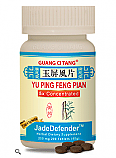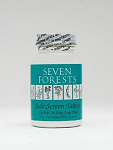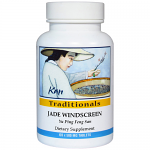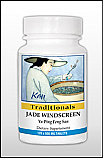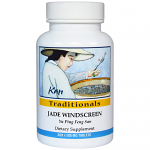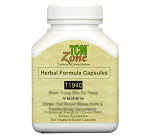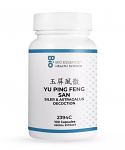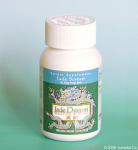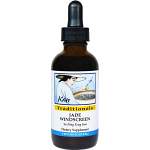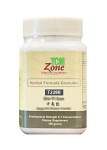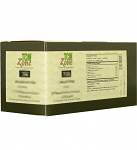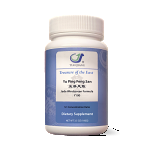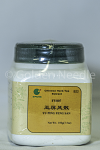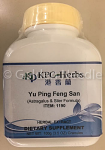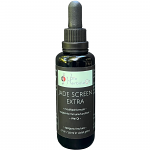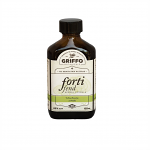- Home
- Chinese Herbs
- Chinese Herbal Formulas
- Yu Ping Feng San Capsules
Yu Ping Feng San Capsules
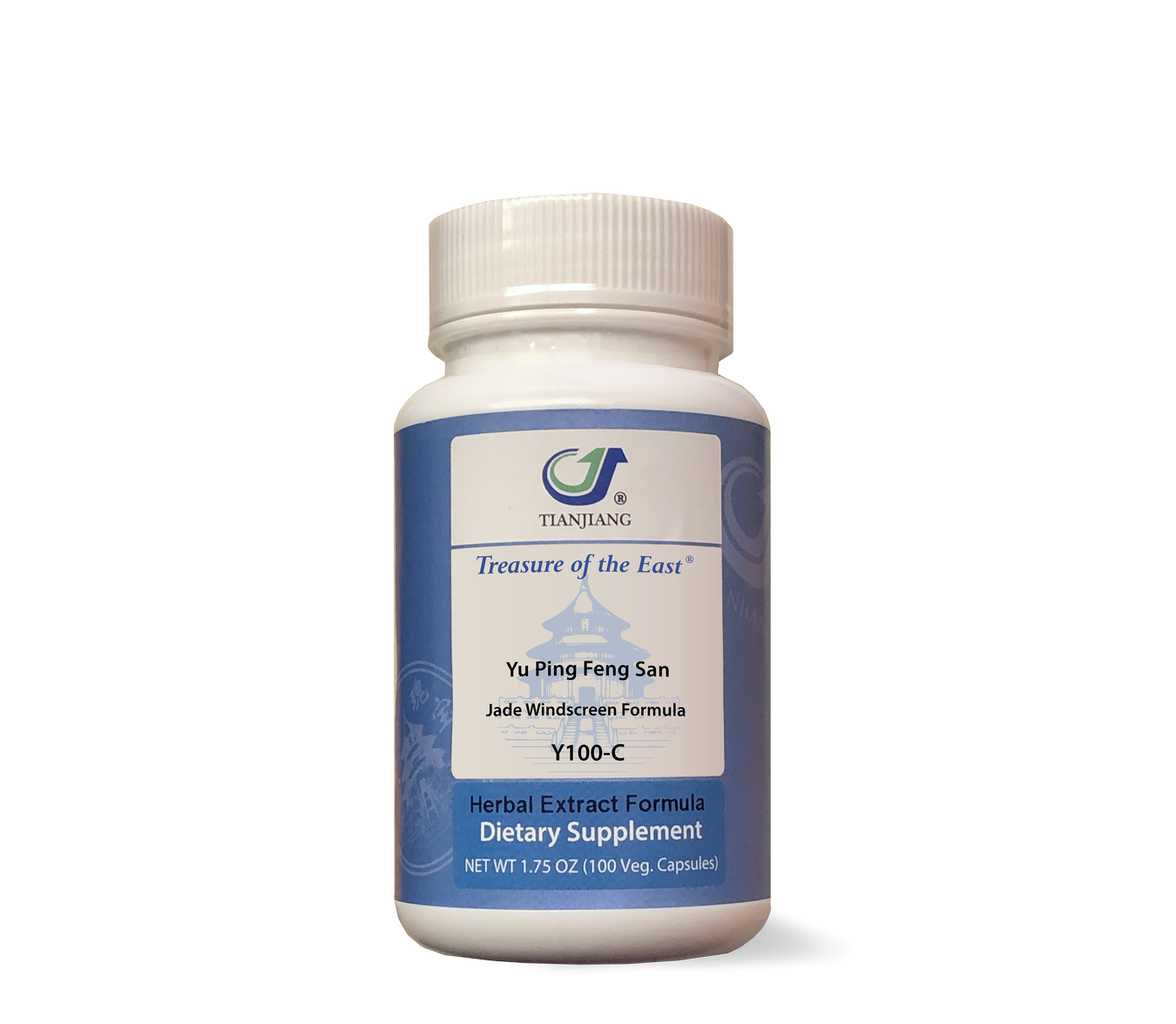
Yu Ping Feng San Capsules
| SKU | BL392C | |
| Brand | Treasure of the East Capsules | |
| Unit Size | 100 Caps (5:1) gelatin capsules | |
| Dosage | As directed | |
| Chinese Symptomology | Intolerance of Wind; spontaneous perspiration; sneezing; pale complexion | |
| Western Symptomology | Common Cold | |
| Actions | Replenishes Qi; Consolidates the exterior defensive system; stops perspiration | |
| Pattern | Deficiency of the exterior with weak and unstable protective qi. | |
| Tongue | Pale with a white coating | |
| Pulse | Floating, deficient, and soft. | |
| Recommendations | ||
| Chinese name | Yu Ping Feng San Capsules | |
| English name | Jade Windscreen Capsules | |
| Description | This [formula] is [for] deficiency of the exterior with weak and unstable protective qi. The Lungs govern the qi, skin, and body hair. Together with the protective qi, they guard the exterior of the body and ward off pathogenic influences. Part of this mechanism is regulating the opening and closing of the interstices and pores. When the qi is weak and cannot stabilize the superficial aspects of the body, the interstices and pores will not properly close. Not only does this give rise to spontaneous sweating and aversion to drafts, it also increases one\'s susceptibility to invasion by external pathogenic influences, and thus to recurrent colds. The shiny, pale complexion and pale tongue reflect deficiency of qi, while the floating, deficient, and soft pulse reflects weakness in the superficial level of the body\'s energies. --Bensky: Formulas & Strategies. This formula is commonly taken to prevent colds, particularly in those who suffer from recurrent colds. Although it is effective in treating this problem, it takes time. Usually the formula must be administered for at least one month before any effect is demonstrated (i.e., less frequent and less severe colds), but it may take as long as five months for the effect to really take hold.* --Bensky: Formulas & Strategies |
|
| Ingredients | Astragalus membranaceus Root (Mi Huang Qi), Saposhnikovia divaricata Root (Fang Feng), Atractylodes macrocephala Rhizome (Chao Bai Zhu). |
|


